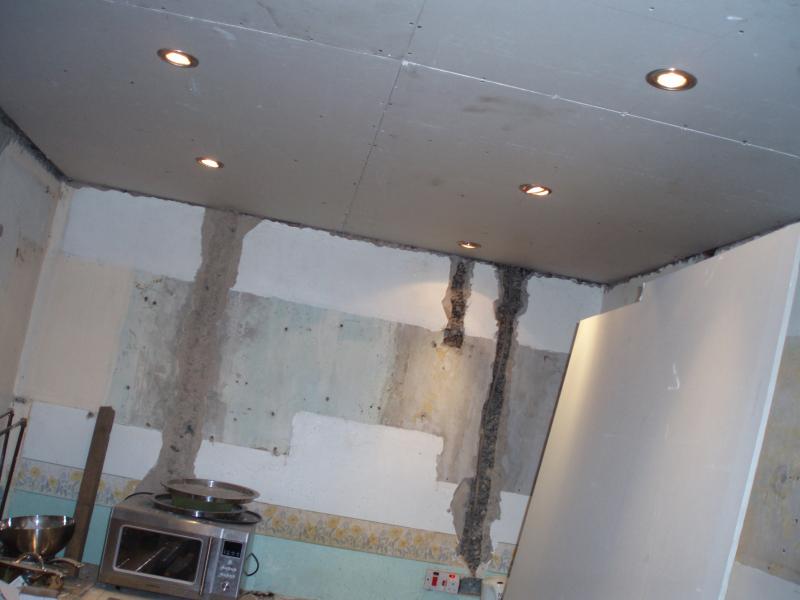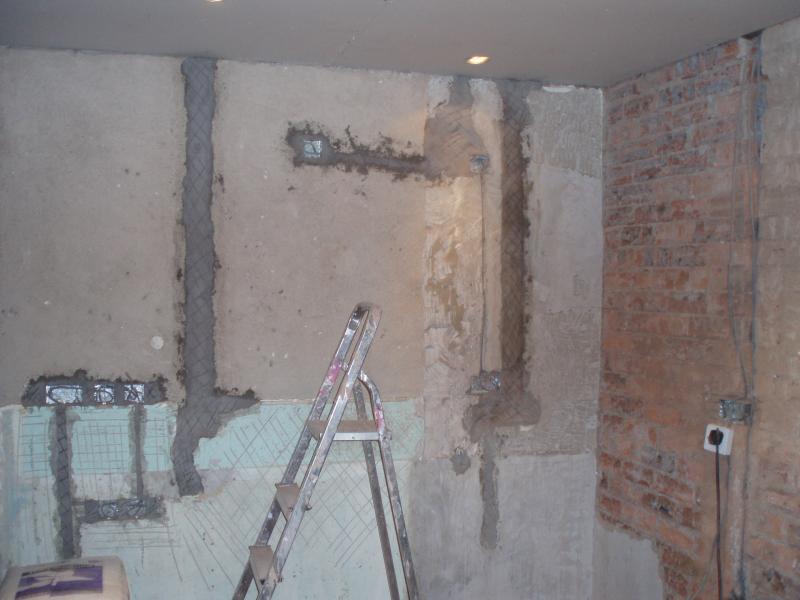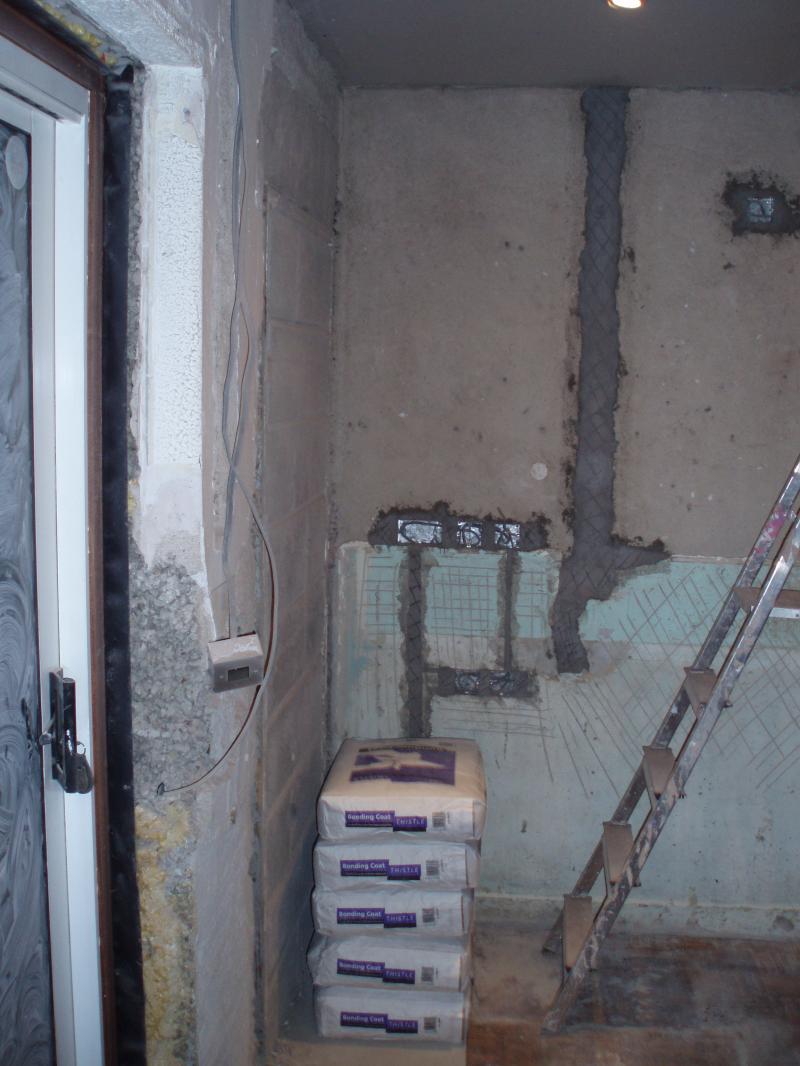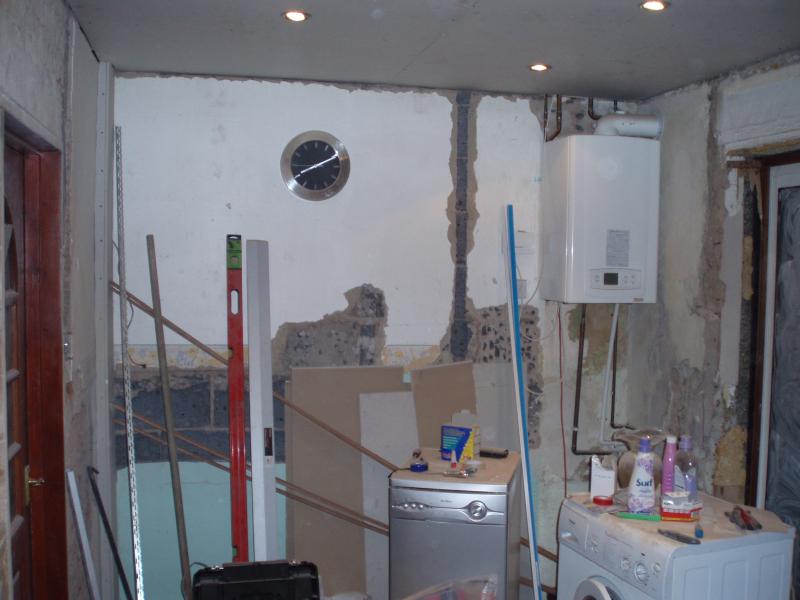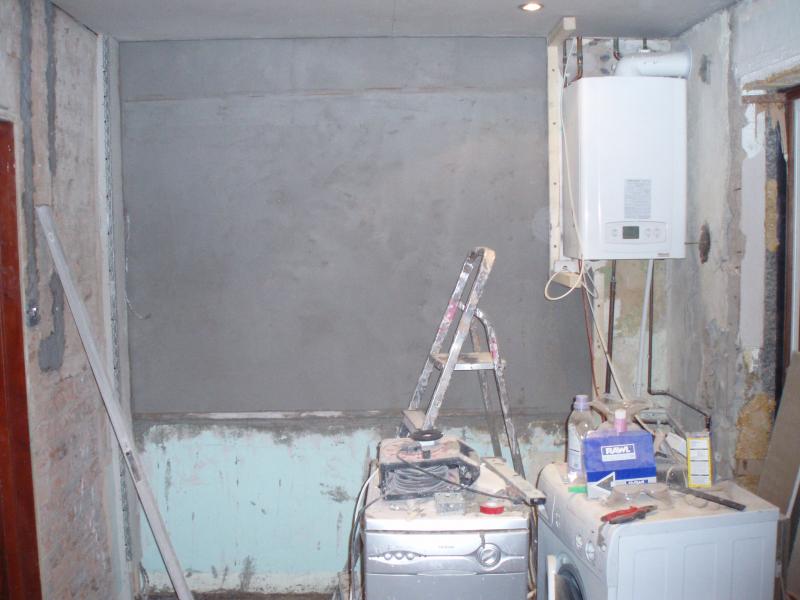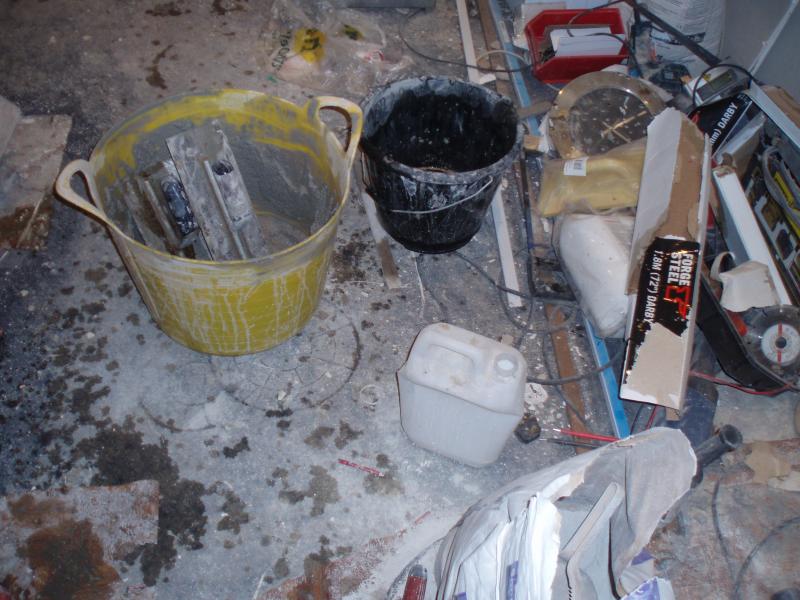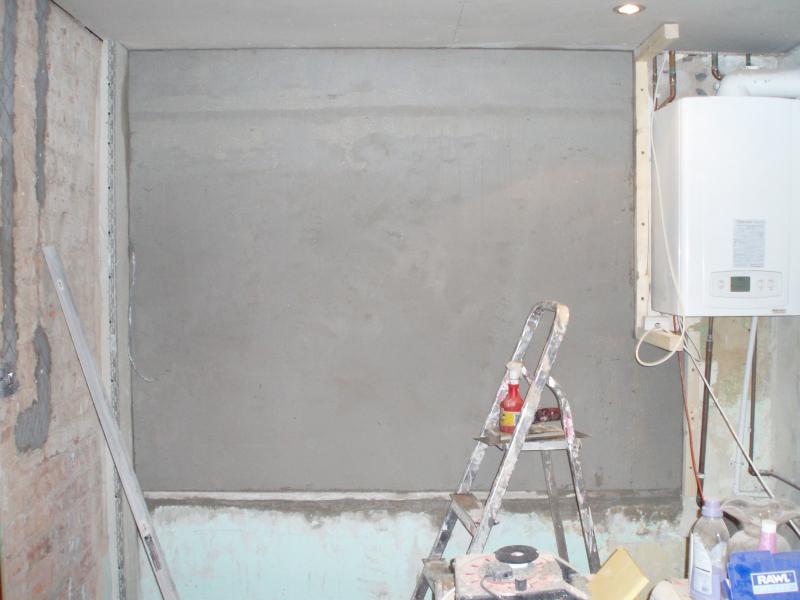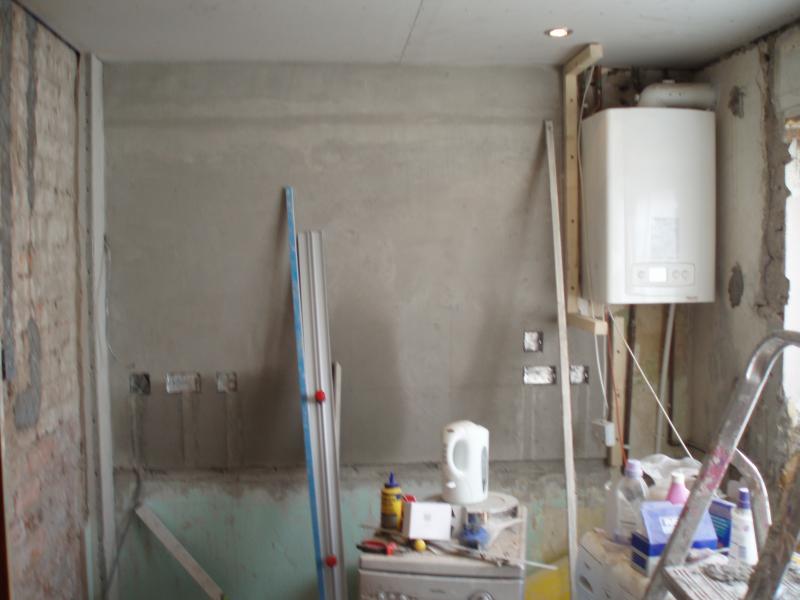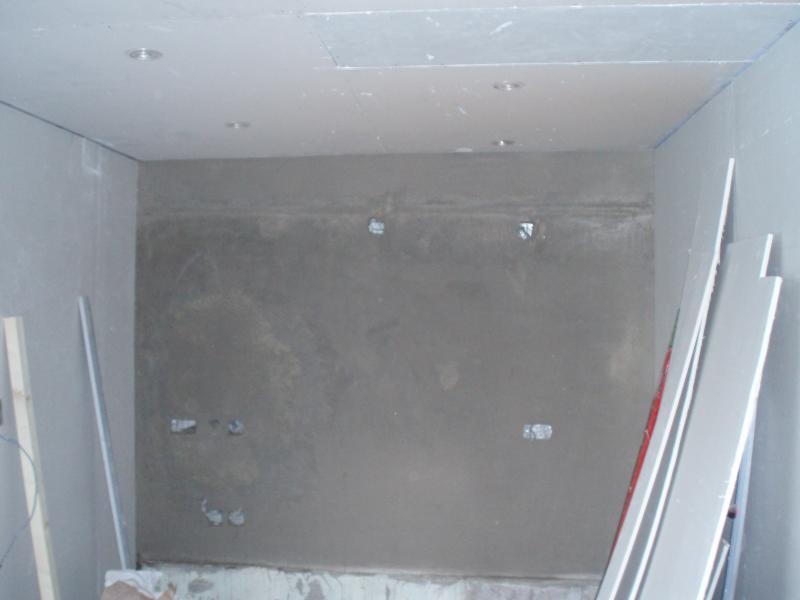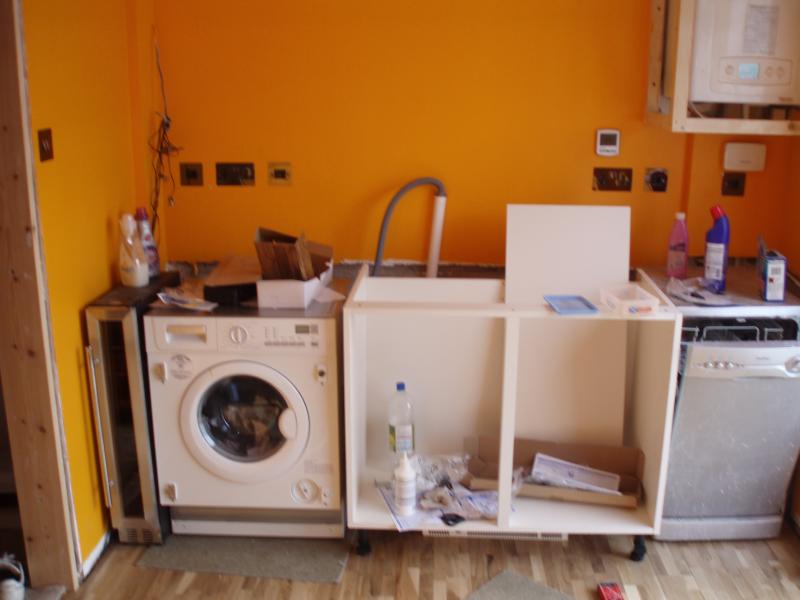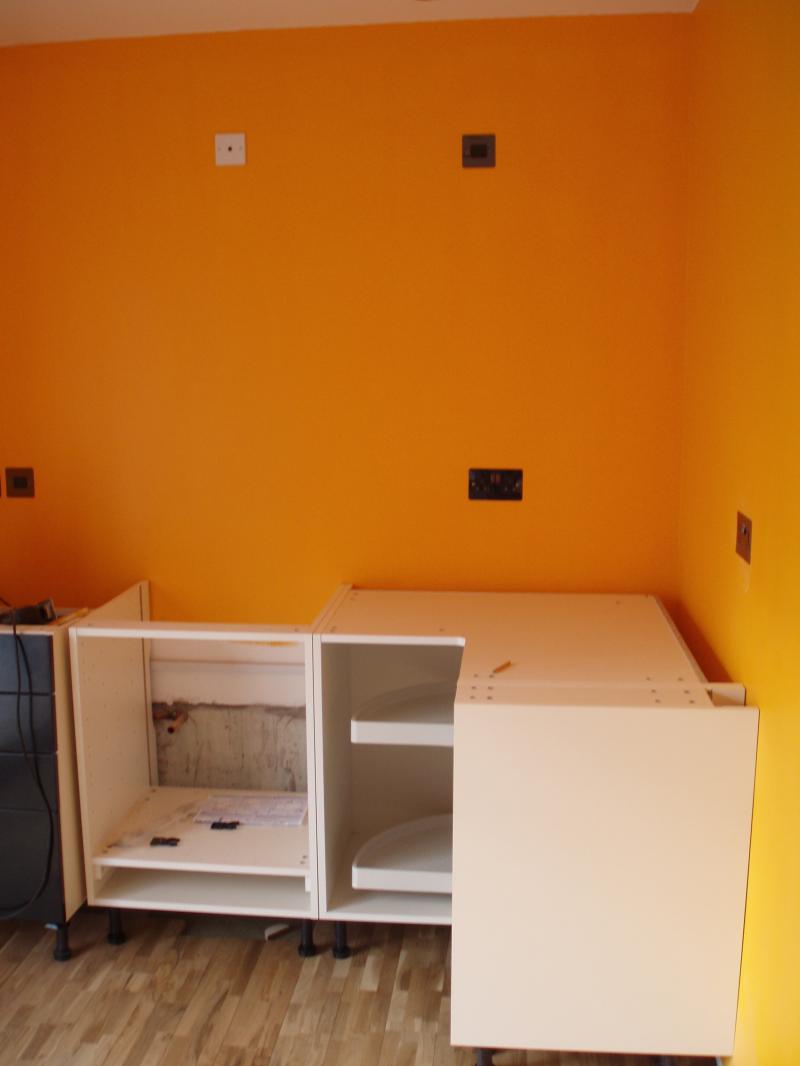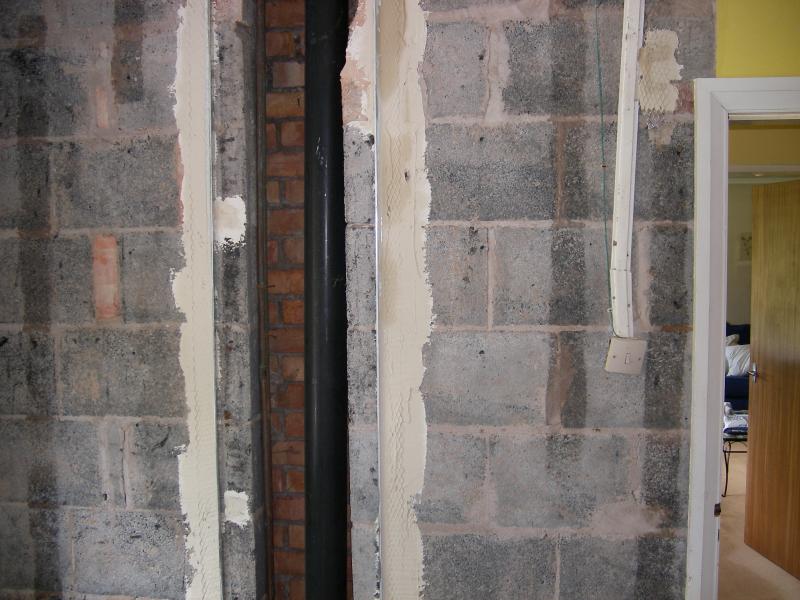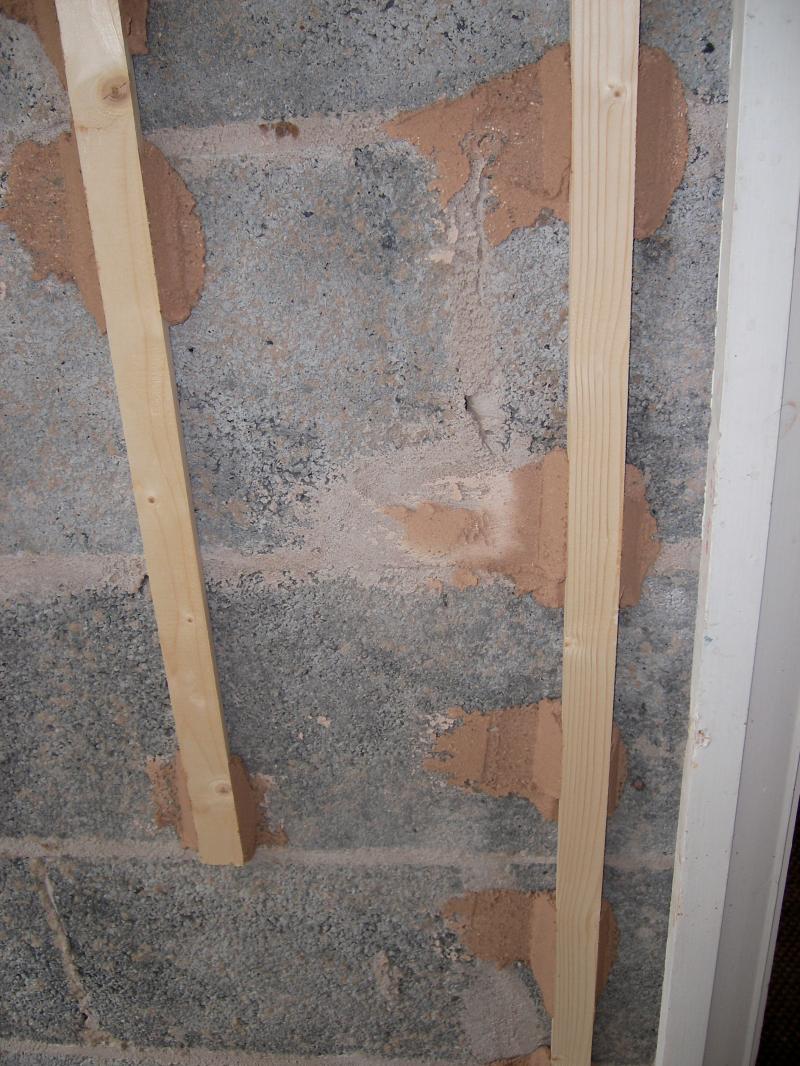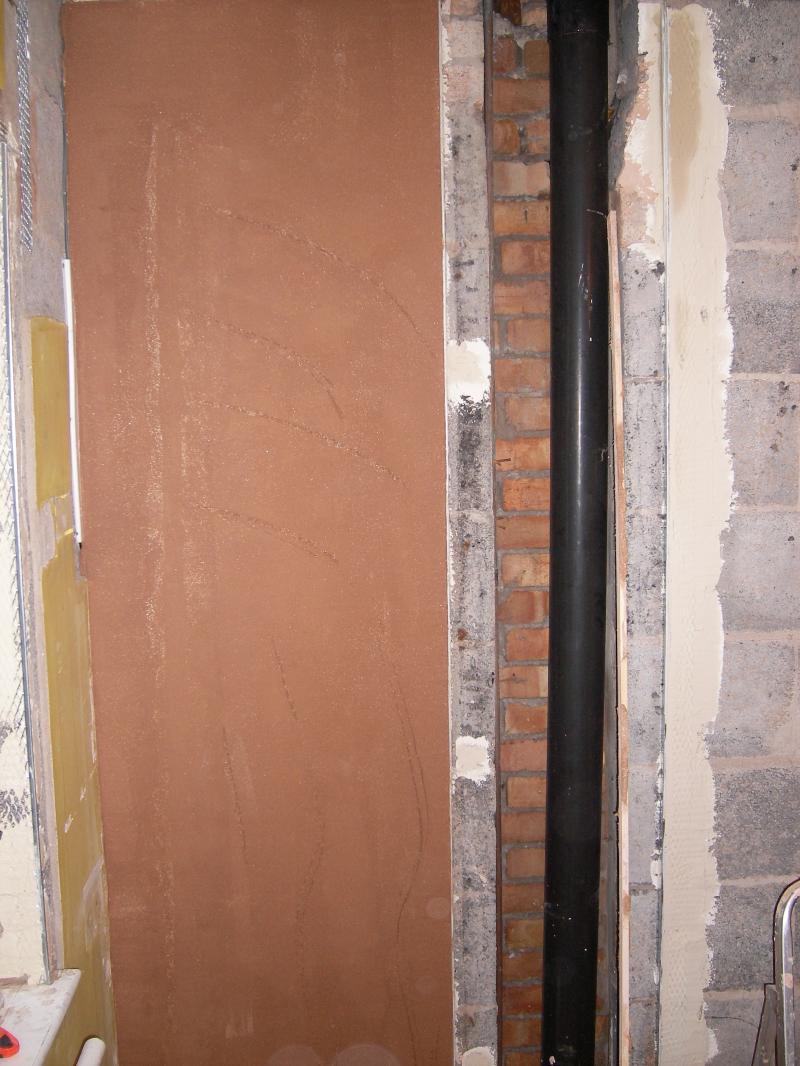Hello all
I posted a while ago for some help with float & set (& got lots of good response).
(http://www.diynot.com/forums/viewtopic.php?t=167671)
Due to other DIY crises, I'm only just getting chance to go for it this weekend.....
I've got some battens ready to go, but have a question on how to best fix them to my small test wall - so that they are holding firm for the big moment, but easy to remove when the time comes.
I think Roughcaster suggested some plaster dabs to hold them.
Would this be with a bit of multi-finish, even board adhesive perhaps?
And what sort of time would you suggest leaving them to set before getting on with the float & set. Overnight?
I'm hoping wood doesn't stick to them too well, so are reasonably easy to get off and not trash my newly floated wall!
Any tips appreciated.
I posted a while ago for some help with float & set (& got lots of good response).
(http://www.diynot.com/forums/viewtopic.php?t=167671)
Due to other DIY crises, I'm only just getting chance to go for it this weekend.....
I've got some battens ready to go, but have a question on how to best fix them to my small test wall - so that they are holding firm for the big moment, but easy to remove when the time comes.
I think Roughcaster suggested some plaster dabs to hold them.
Would this be with a bit of multi-finish, even board adhesive perhaps?
And what sort of time would you suggest leaving them to set before getting on with the float & set. Overnight?
I'm hoping wood doesn't stick to them too well, so are reasonably easy to get off and not trash my newly floated wall!
Any tips appreciated.


